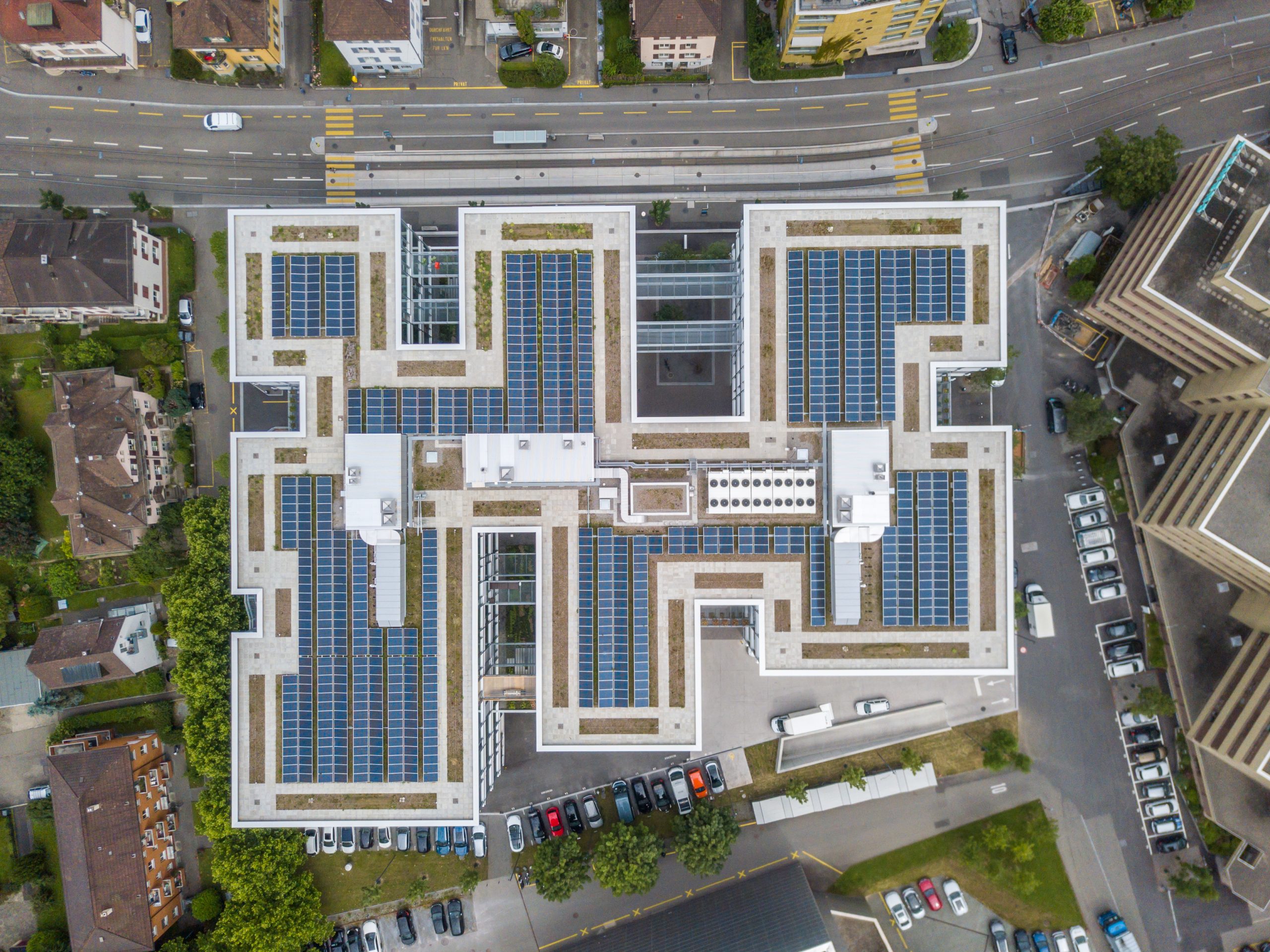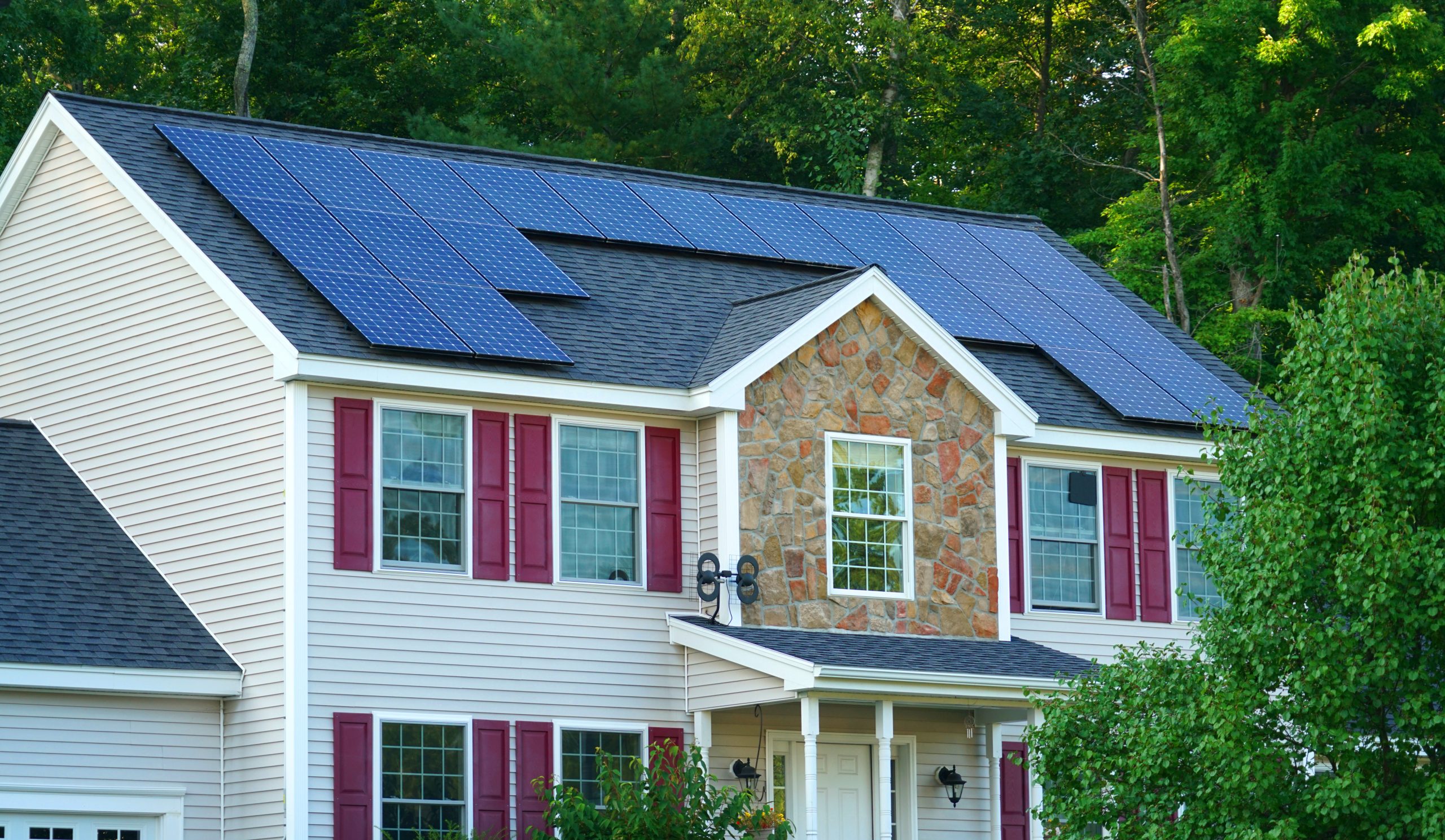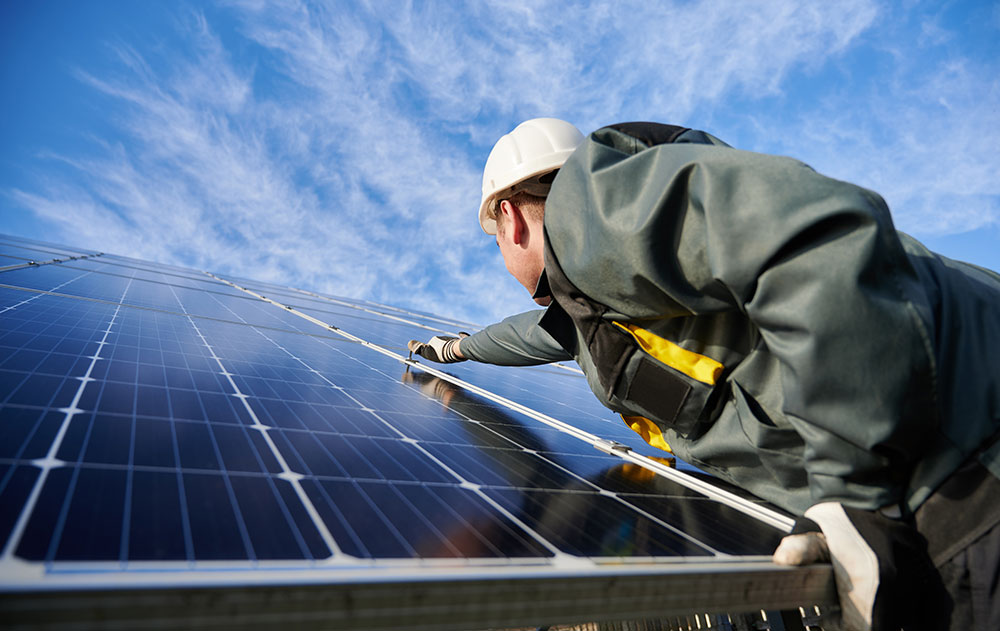In Senai, Johor, 400 households now share clean energy from Malaysia's first community solar project—a 2.9-megawatt system that's transforming how neighborhoods think about power. This isn't just another solar installation; it's part of a nationwide movement where communities are taking control of their energy future. From Kuala Lumpur's commercial districts to Sabah's rural villages, solar energy in Malaysia is evolving from individual rooftop installations into powerful community-driven initiatives that are reshaping the country's energy landscape.
The Rise of Community-Centric Solar: What It Means & Why It’s Accelerating
As of mid-2025, Malaysia's solar capacity has expanded significantly, with over 2.3 GW of installed capacity. The government's ambitious target of achieving 40% renewable energy capacity by 2035 and 70% by 2050 has catalysed unprecedented growth in community solar initiatives.
The emergence of community solar projects represents a paradigm shift in how solar energy in Malaysia is being deployed and utilised. With the introduction of new frameworks like Corporate Renewable Energy Supply Scheme (CRESS) and Community Renewable Energy Aggregation Mechanism (CREAM), these initiatives are creating shared value and collective benefits for entire neighborhoods and business districts.
From Rooftop Panels to Aggregated Grids: A New Era of Solar Thinking
The introduction of CREAM, launched in February 2025, marks a significant evolution in Malaysia's solar strategy. This innovative programme enables communities to pool their resources within a 5km radius, with Local Energy Generators and Aggregators (LEGA) managing rooftop solar installations and energy distribution through Tenaga Nasional Berhad’s (TNB) network.
Key Benefits of Community Solar Projects in Malaysia
As communities across Malaysia embrace solar energy solutions, the advantages extend far beyond environmental considerations. The transformation of Malaysia's energy landscape through community solar initiatives is delivering multiple advantages across environmental, economic, and social dimensions.
Lower Energy Costs for Participating Households & Businesses
Community solar initiatives are delivering tangible financial benefits through various mechanisms:
- CRESS, enabling businesses to procure renewable energy directly from independent producers
- CREAM programme allowing homeowners to lease rooftops for solar generation
- Flexible payment and credit systems managed through TNB’s distribution network
- Reduced operational costs through shared infrastructure and maintenance.
Wondering how these community solar benefits translate to your property? Request a no-obligation consultation for a clearer picture of your potential savings.
Strengthening Local Energy Independence & Grid Stability
The implementation of community solar projects is enhancing grid resilience through:
- Advanced grid balancing solutions implemented by TNB
- Localised energy distribution within 5km radius under CREAM
- Integration of Battery Energy Storage Systems (BESS) for improved stability
- Reduced transmission losses through distributed generation.
Greener Neighbourhoods, Cleaner Air
Environmental benefits are immediate and measurable:
- Average community solar installation offsetting 2,800 tonnes of CO2 annually
- Equivalent to preserving 45,000 tree seedlings over 10 years
- Contributing to Malaysia's 70% renewable energy capacity target by 2050
- Improved air quality in urban areas through reduced reliance on fossil fuels.
Unlocking New Avenues for Local Economic Growth
Community solar projects are catalysing economic development through:
- Creation of LEGA businesses
- New employment opportunities in solar installation and maintenance
- Development of local clean energy expertise
- Enhanced property values in solar-powered communities.
How Commercial & Industrial Property Owners Can Champion Community Solar
Property owners are emerging as key enablers of community solar initiatives through:
- Participation in CRESS for direct renewable energy procurement
- Integration with CREAM for community energy distribution
- Implementation of BESS for enhanced grid stability
- Utilisation of large roof spaces for solar installations.
The Role of Engineering-Led EPCC Firms in Scaling Solar Aggregation
Engineering, Procurement, Construction, and Commissioning (EPCC) companies are essential in:
- Ensuring technical feasibility and optimal system design
- Managing complex installation projects
- Maintaining compliance with current regulatory requirements
- Facilitating community engagement and education.
Making the Shift: Is Your Community Ready?
Before embarking on a community solar journey, careful planning and assessment are essential for success. Key considerations for communities considering solar adoption include:
- Assessment of potential participation in CREAM or the CRESS programme
- Evaluation of available installation spaces within 5km radius
- Understanding of current regulatory frameworks and incentives
- Analysis of financial benefits and implementation timelines.
Build a Stronger, Greener Community with Solar Energy in Malaysia
As Malaysia advances toward its 2050 renewable energy goals, solar energy in Malaysia is driving transformative community initiatives. Through innovative programmes like CREAM and CRESS, communities can now actively participate in the country’s energy transition while securing economic and environmental benefits. The rapid adoption of solar energy demonstrates how local communities are becoming key players in the renewable energy landscape.
For communities ready to explore solar energy solutions, working with qualified EPCC providers ensures proper system design, installation, and ongoing support. These partnerships are crucial for maximising the benefits of solar investments while maintaining compliance with all regulatory requirements.
Ready to join Malaysia's solar energy revolution? Contact us to find out how your community can benefit from the latest solar initiatives.






